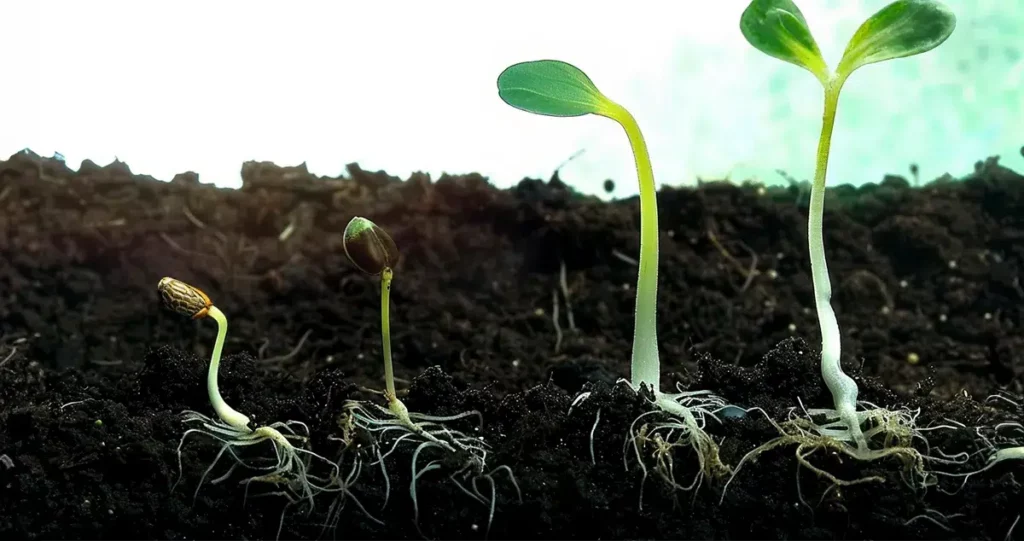Introduction
Cannabis cultivation has become increasingly popular among enthusiasts and commercial growers alike. One of the most crucial steps in this process is selecting the right seeds. The quality and type of cannabis seeds you choose can significantly impact your grow’s success, affecting everything from plant health to yield and potency. This guide will provide you with essential insights into cannabis cultivating seeds, including how to choose the best seeds, the different types available, and tips for successful cultivation.
Understanding Cannabis Seeds
Cannabis seeds are the foundation of any cannabis grow. They come in various types, each with distinct characteristics that can affect the growing process and final product. Here’s an overview of the primary types of cannabis seeds:

- Regular Seeds: Regular cannabis seeds produce both male and female plants. Male plants are necessary for breeding but do not produce the desirable buds. For most growers, regular seeds are less ideal because they require the additional step of sexing the plants to remove males and prevent pollination.
- Feminized Seeds: Feminized seeds are specially bred to produce only female plants, which are the ones that produce the resinous buds. This eliminates the need to identify and remove male plants, simplifying the growing process and increasing the likelihood of a successful harvest.
- Autoflowering Seeds: Autoflowering seeds come from strains that automatically transition from the vegetative stage to the flowering stage based on their age, rather than light cycles. These seeds are perfect for growers seeking a quicker turnaround, as they typically complete their life cycle in 8 to 12 weeks. Autoflowering seeds are also known for their low maintenance requirements and compact size.
- Photoperiod Seeds: Photoperiod seeds require a change in light conditions to start flowering. These seeds thrive on a consistent light cycle during the vegetative stage, and then the light schedule must be adjusted to induce flowering. Photoperiod strains often produce higher yields and larger plants but require more attention to light management.
Choosing the Right Seeds for Your Grow
Selecting the right cannabis seeds involves considering several factors, including your growing environment, experience level, and desired outcomes. Here are some tips to help you choose the best seeds for your needs:
- Growing Environment: Assess your growing environment—whether it’s indoor, outdoor, or greenhouse. Autoflowering seeds are often preferred for indoor grows due to their compact size and faster growth cycle. For outdoor cultivation, consider photoperiod strains that may benefit from natural sunlight and larger space.
- Experience Level: Beginners may benefit from feminized or autoflowering seeds due to their ease of growth and reduced need for complex light management. Experienced growers might explore photoperiod or regular seeds for more control over the cultivation process and to experiment with different breeding techniques.
- Desired Effects: Consider the effects and characteristics you want from your cannabis plants. Sativa-dominant seeds provide uplifting, energetic effects, while indica-dominant seeds offer relaxing, sedative qualities. Hybrid strains combine traits from both sativa and indica, offering a range of effects and flavors.
- Yield and Space: Determine the amount of space you have available for cultivation. Autoflowering and compact strains are ideal for smaller spaces, while larger photoperiod strains may require more room to grow. Consider your yield expectations and choose seeds that match your space and productivity goals.
Tips for Successful Cultivation
- Seed Preparation: Start by germinating your seeds in a warm, moist environment. Common methods include the paper towel technique or planting directly in soil. Ensure that the seeds are kept in optimal conditions to promote successful germination.
- Soil and Nutrients: Use high-quality soil or hydroponic systems to provide the necessary nutrients for healthy plant growth. Cannabis plants require a balanced mix of nitrogen, phosphorus, and potassium, along with micronutrients, for optimal development.
- Lighting: For indoor grows, provide appropriate lighting based on the type of seeds and growth stage. Autoflowering plants benefit from a light cycle of 18-24 hours, while photoperiod strains require a shift to 12 hours of light and 12 hours of darkness to induce flowering.
- Watering and Maintenance: Regularly monitor the moisture levels and ensure proper drainage to prevent waterlogging and root issues. Keep an eye on plant health and address any pests or diseases promptly to maintain a thriving grow environment.
- Harvesting: Monitor your plants closely as they approach maturity. Harvest when the trichomes (resin glands) turn from clear to milky white, with some amber, to achieve the desired potency and flavor.
Also Read: Exploring Different Cannabis Consumption Methods
Conclusion
Choosing and cultivating cannabis seeds requires careful consideration and attention to detail. By understanding the different types of seeds and their characteristics, and by following best practices for growth and maintenance, you can set yourself up for a successful and rewarding cultivation experience. Whether you’re growing for personal use or commercial purposes, the right seeds and techniques will help you achieve a bountiful and high-quality harvest.
